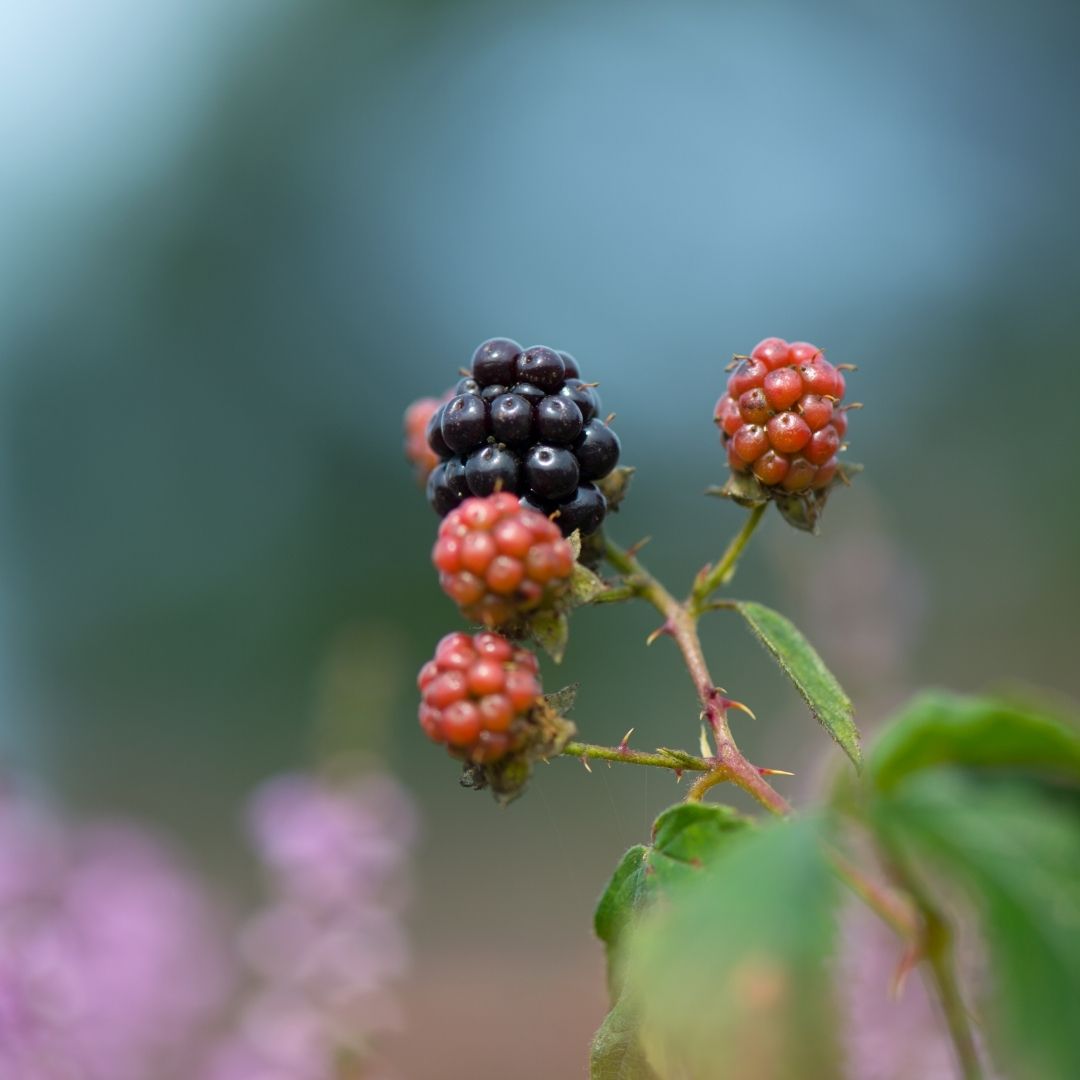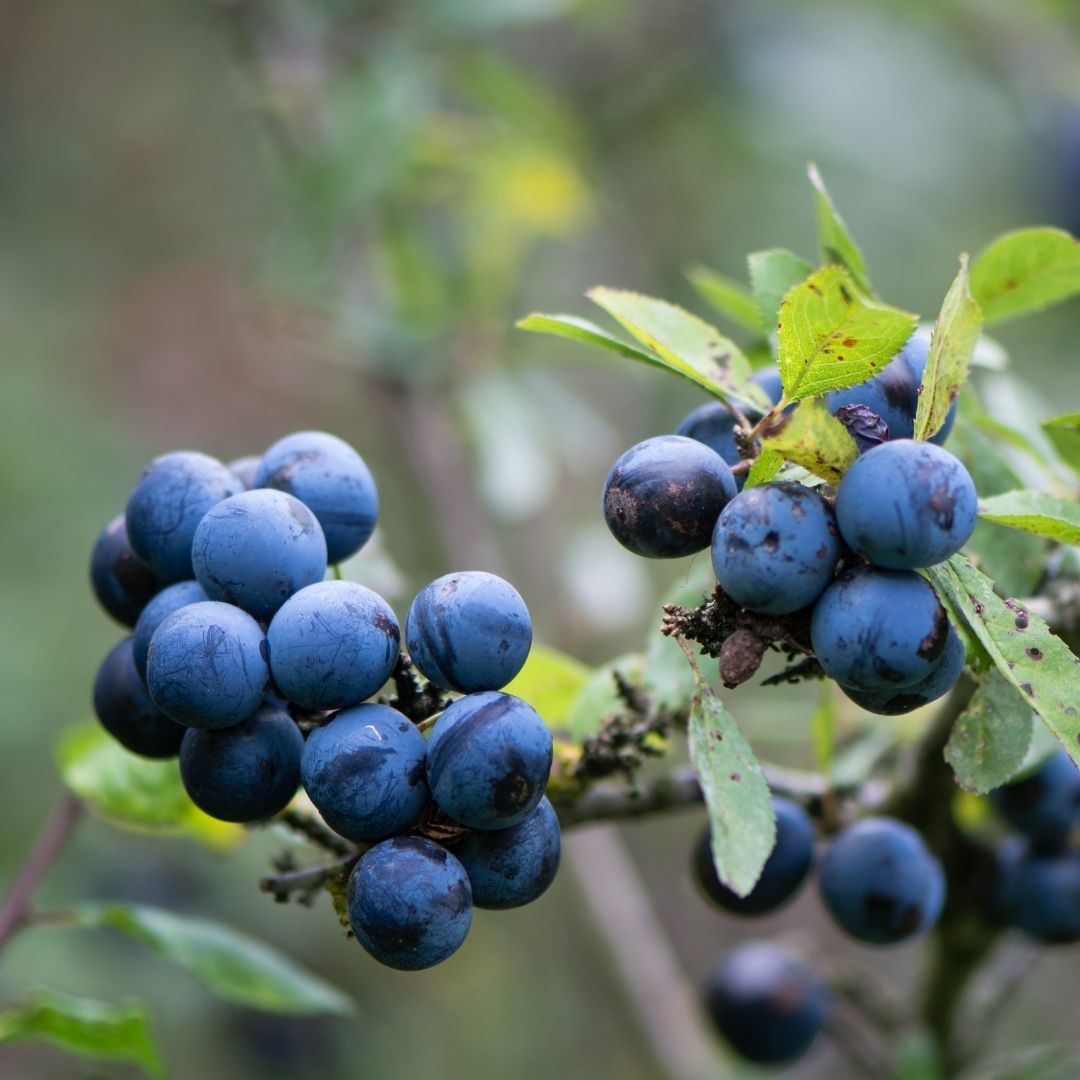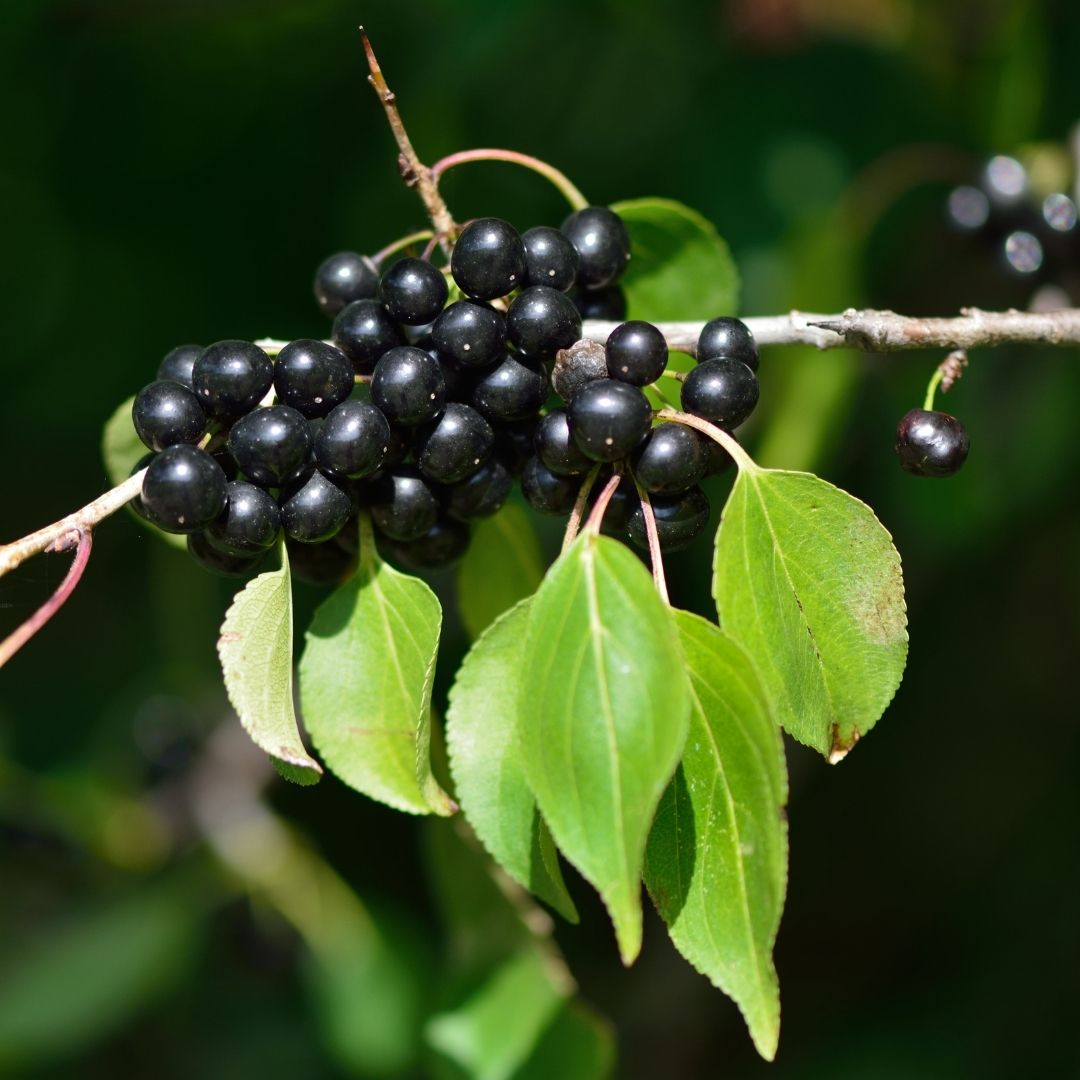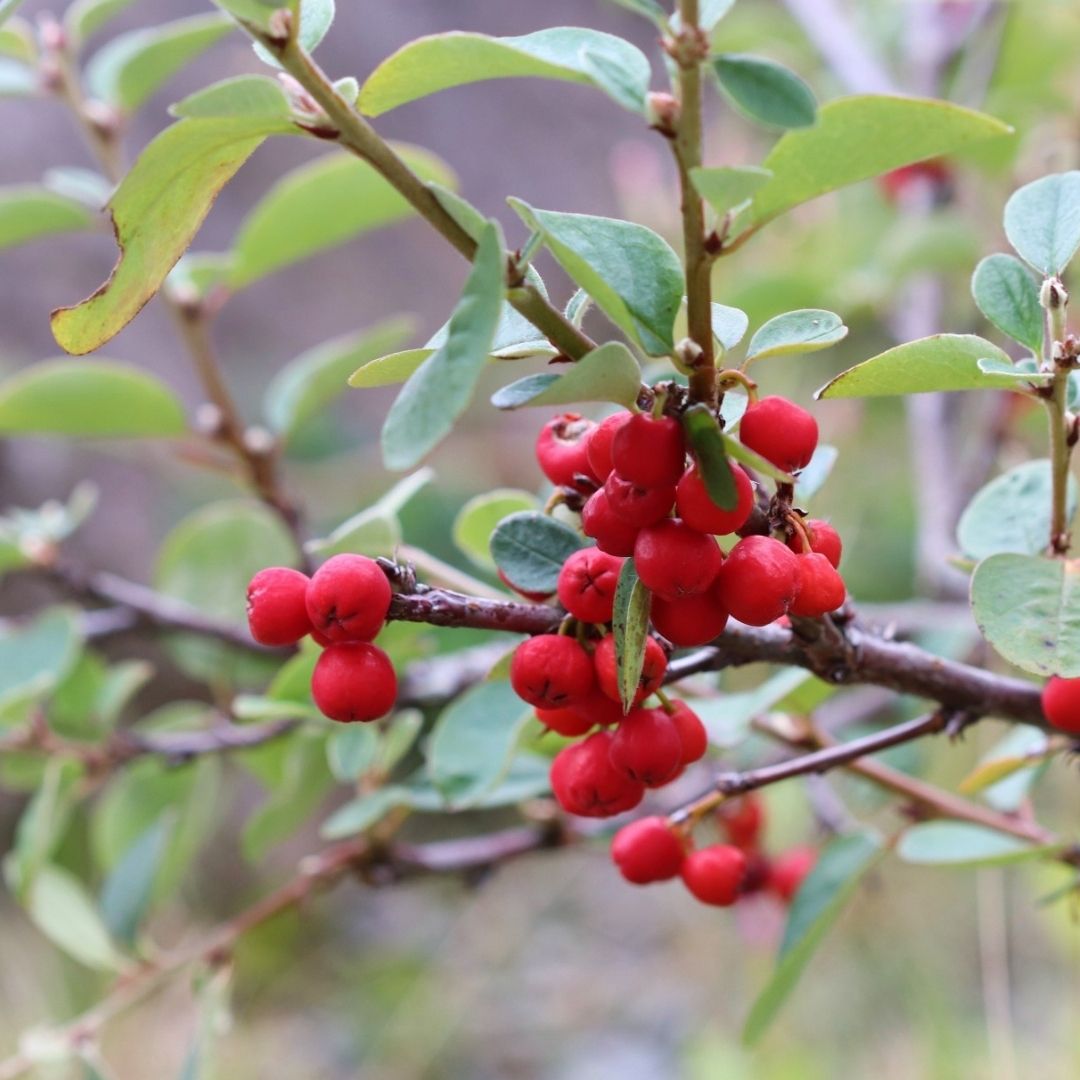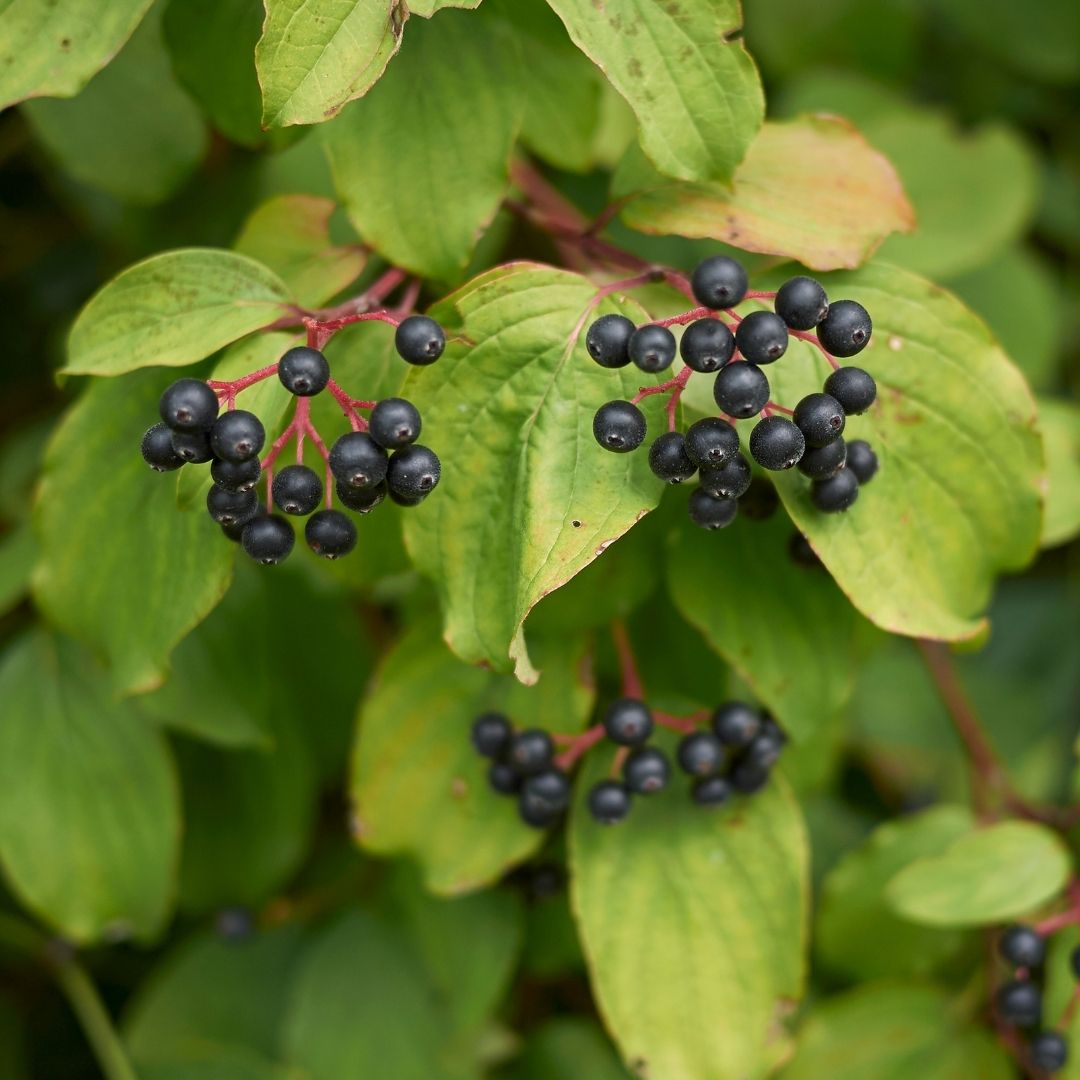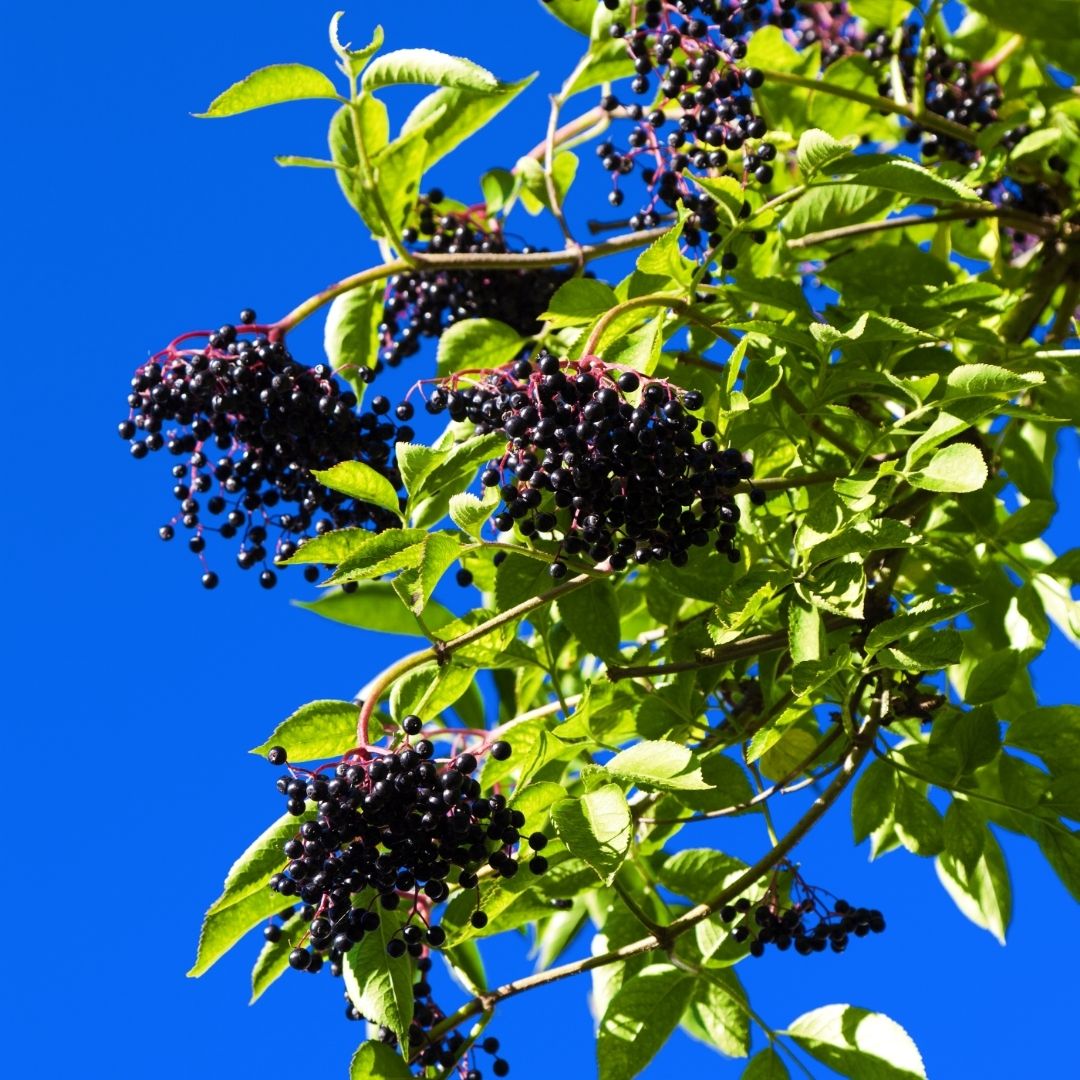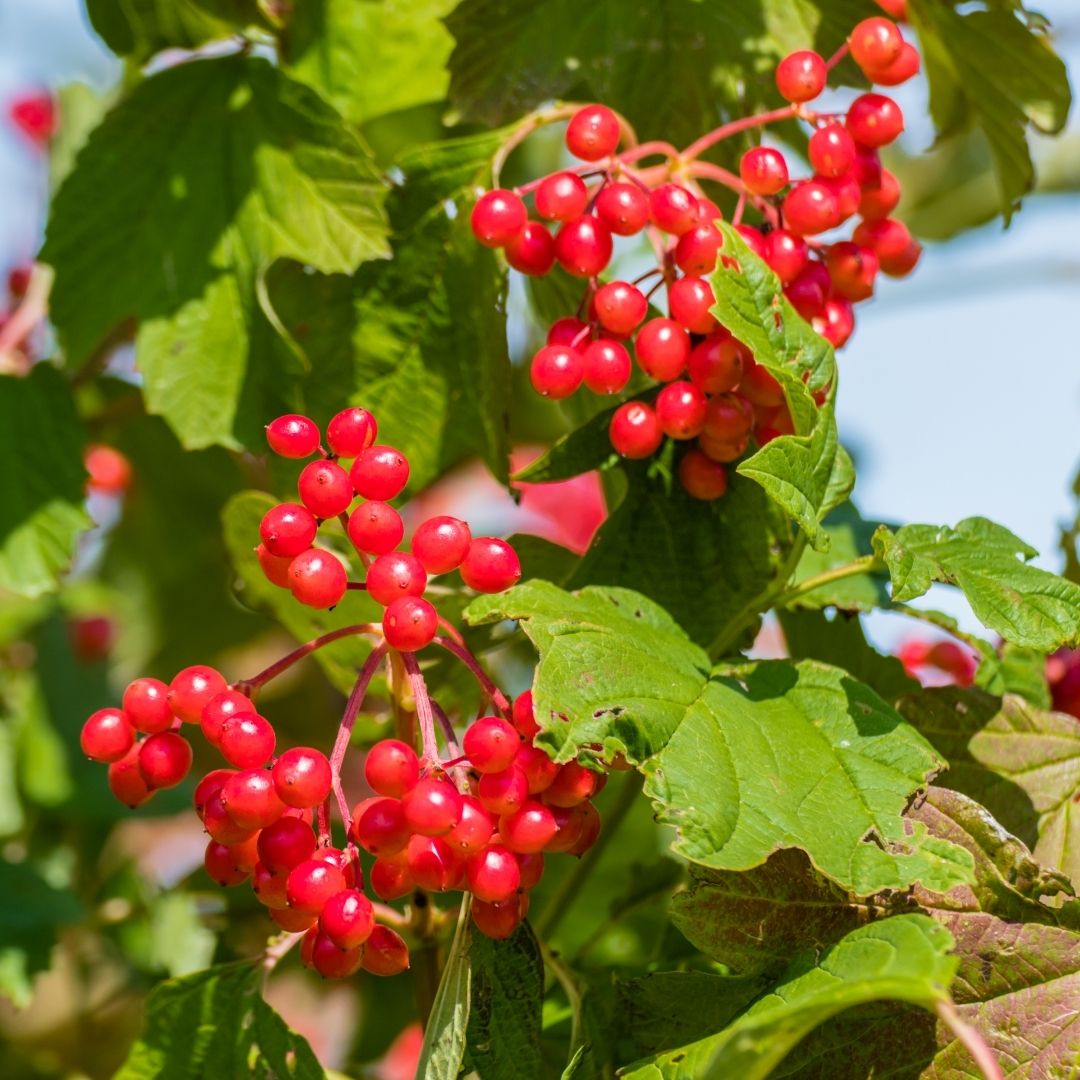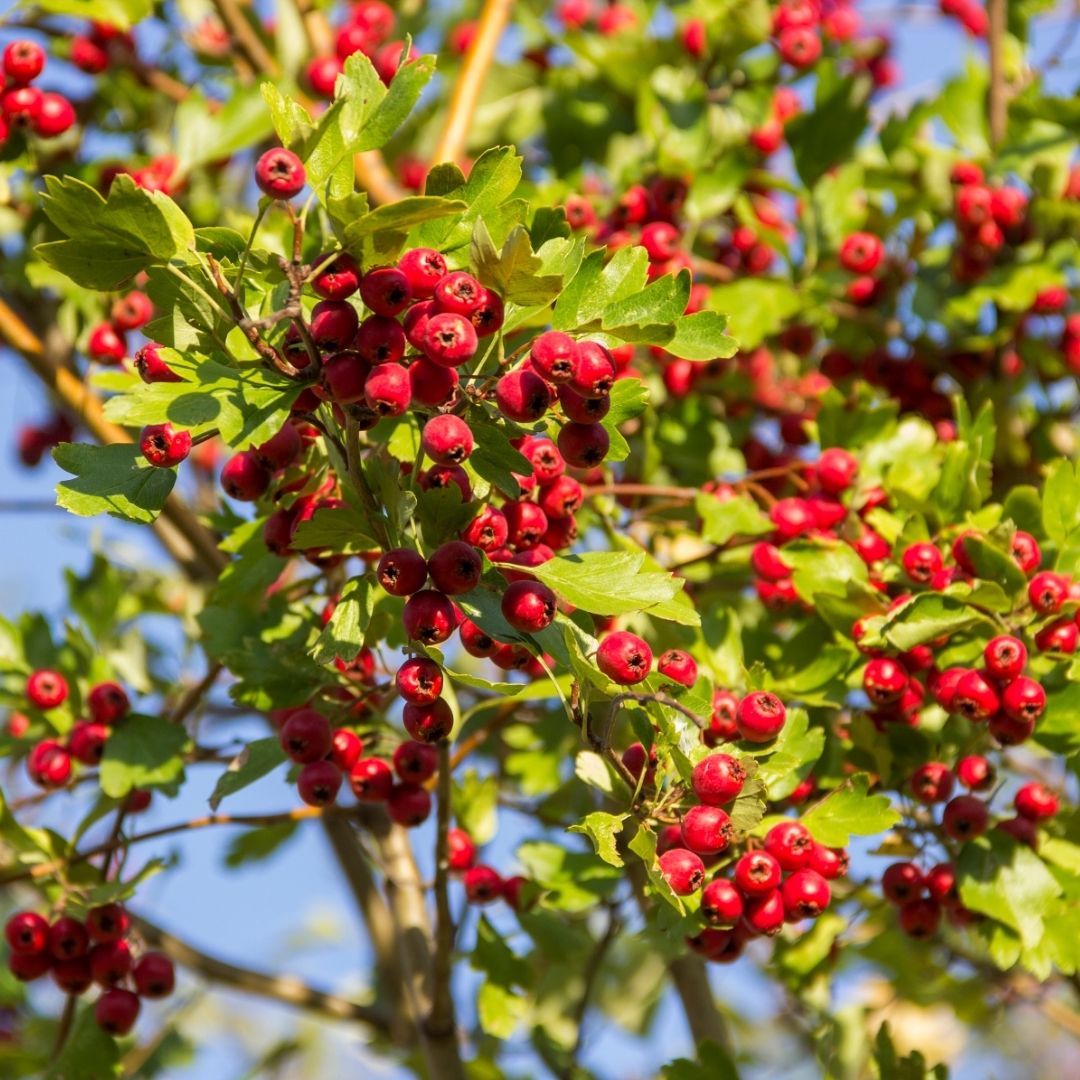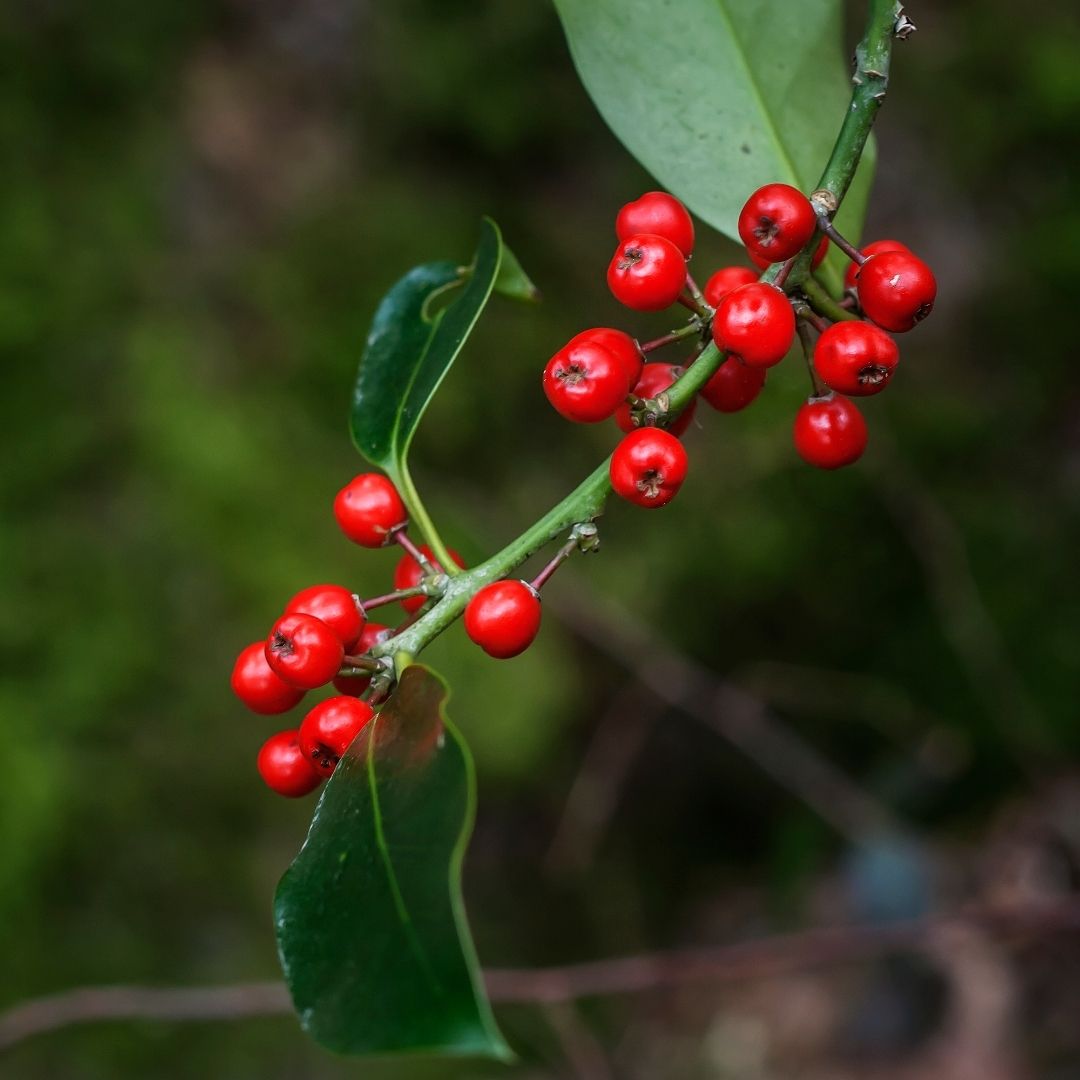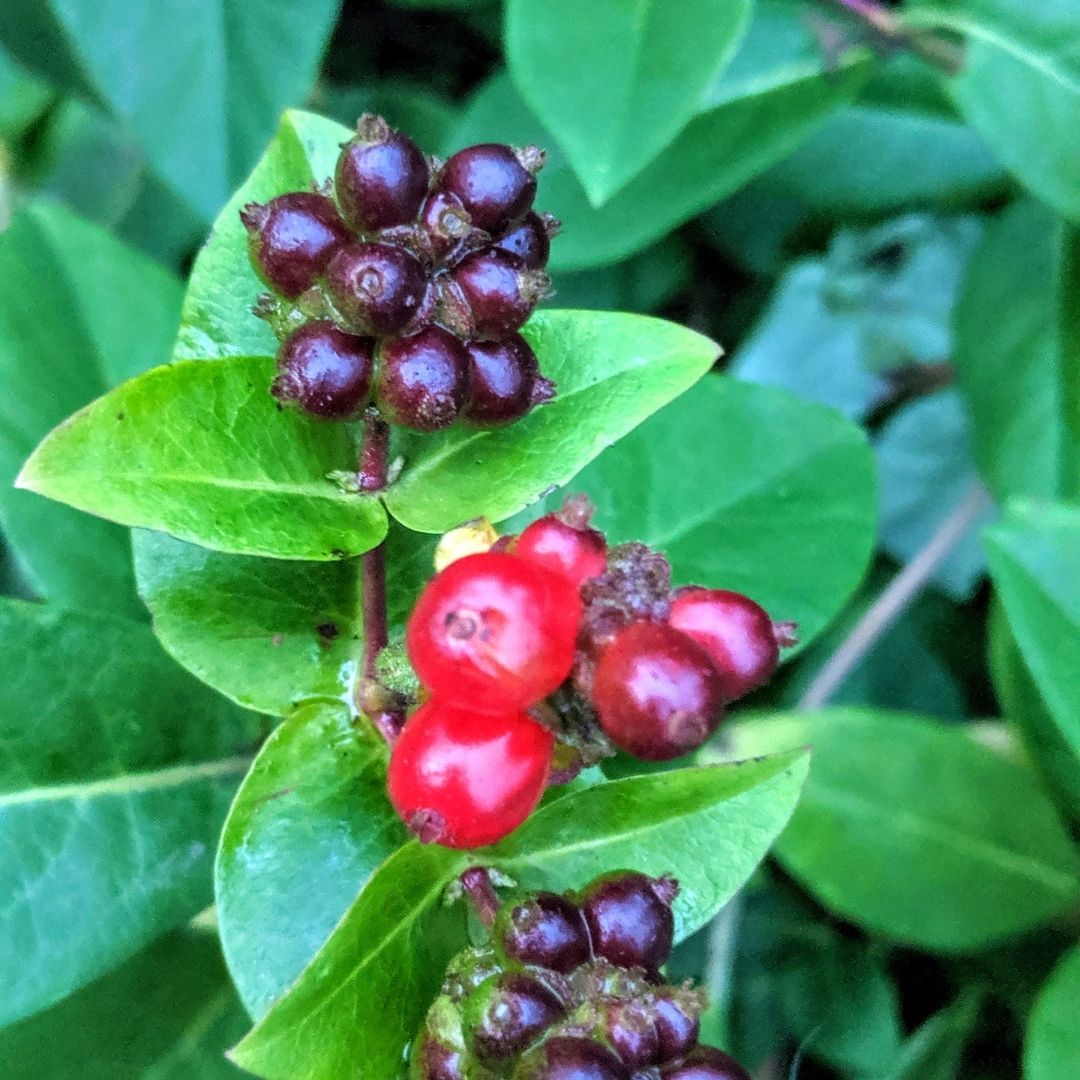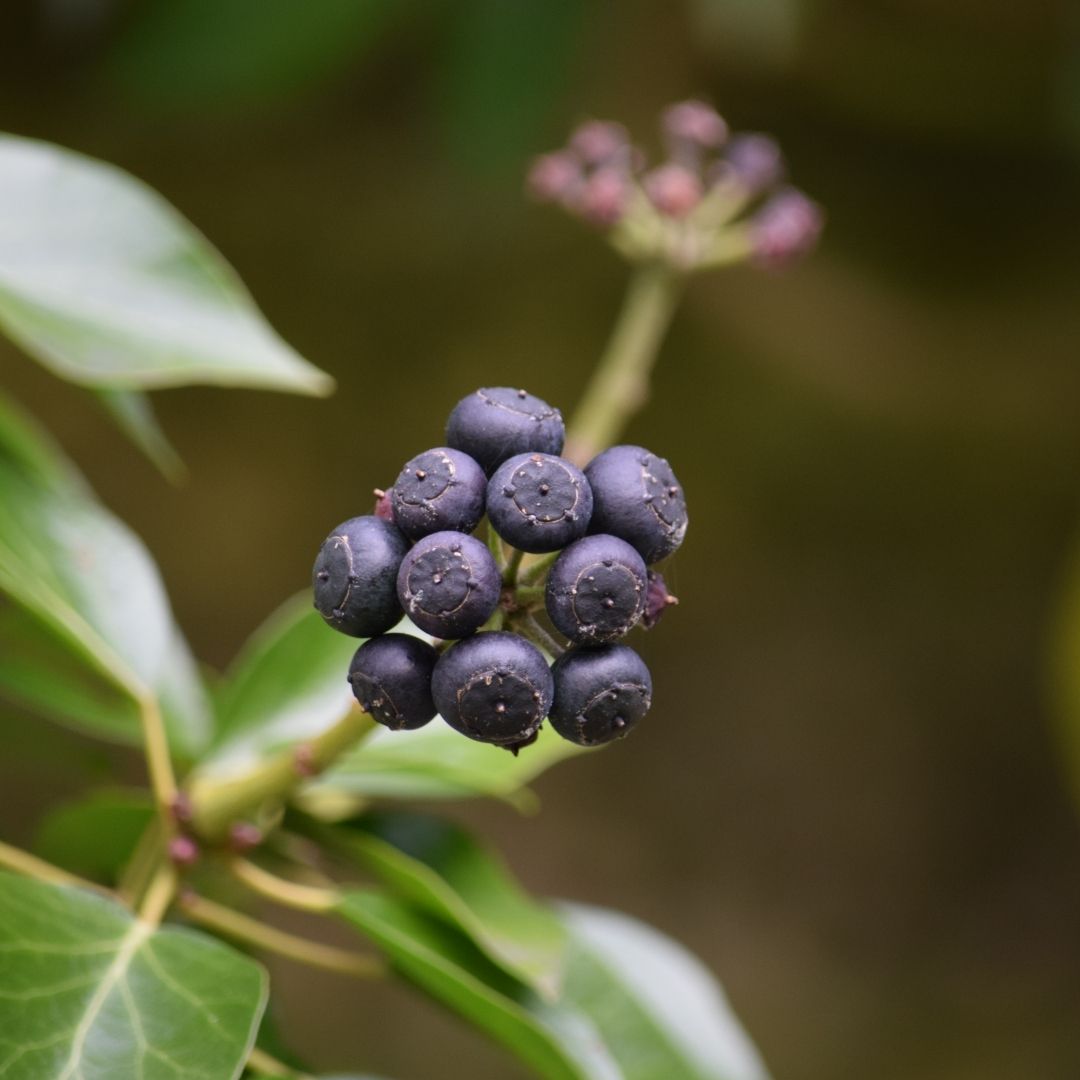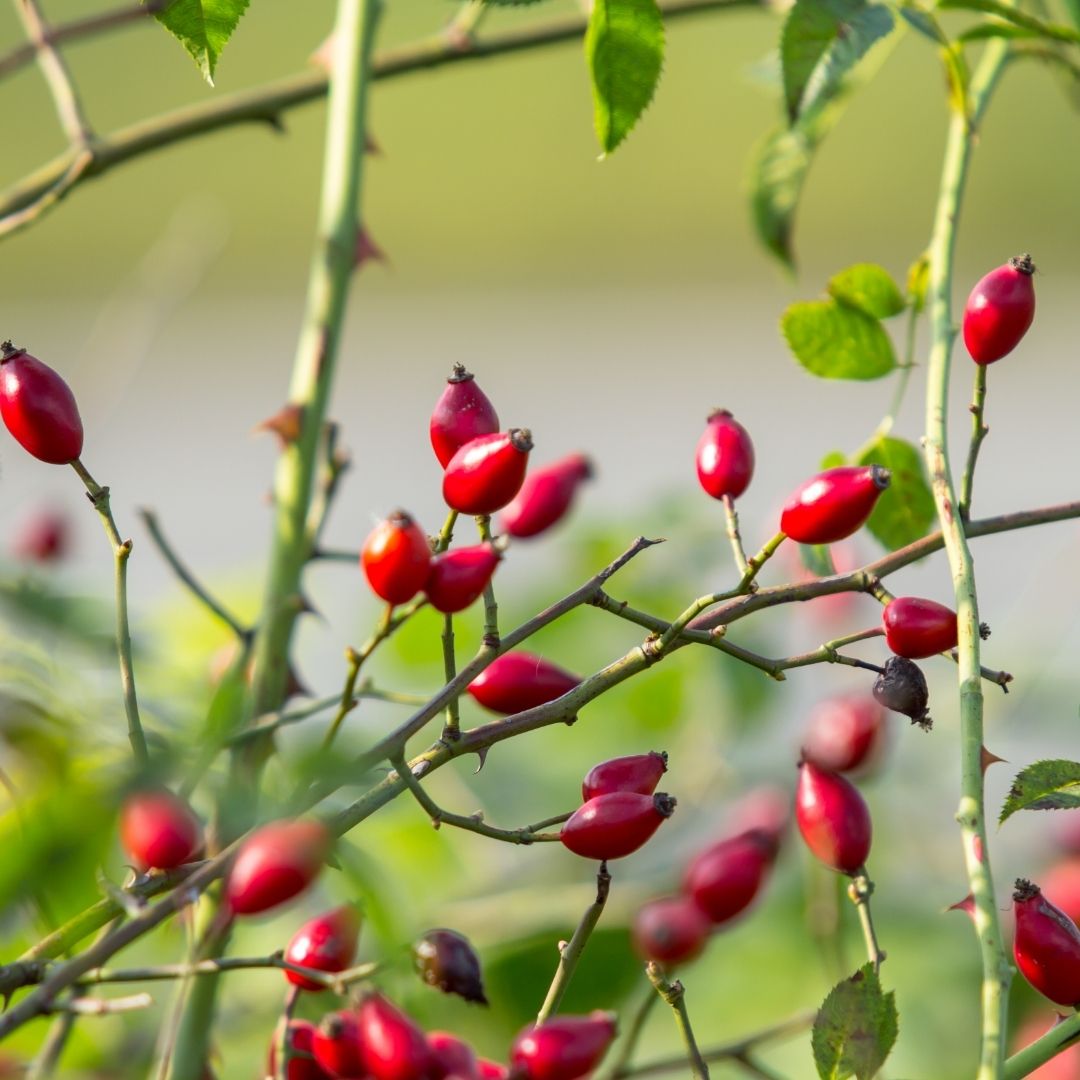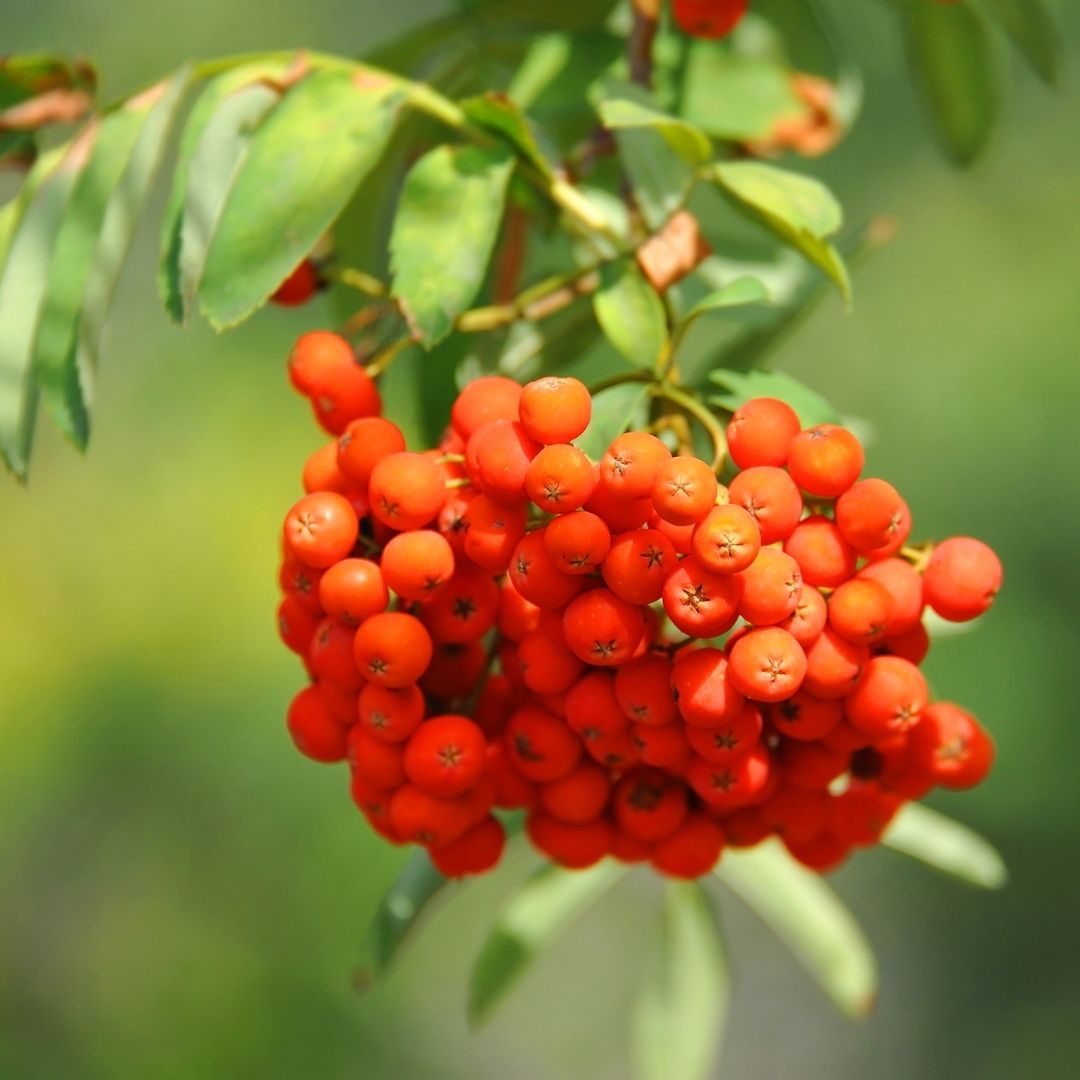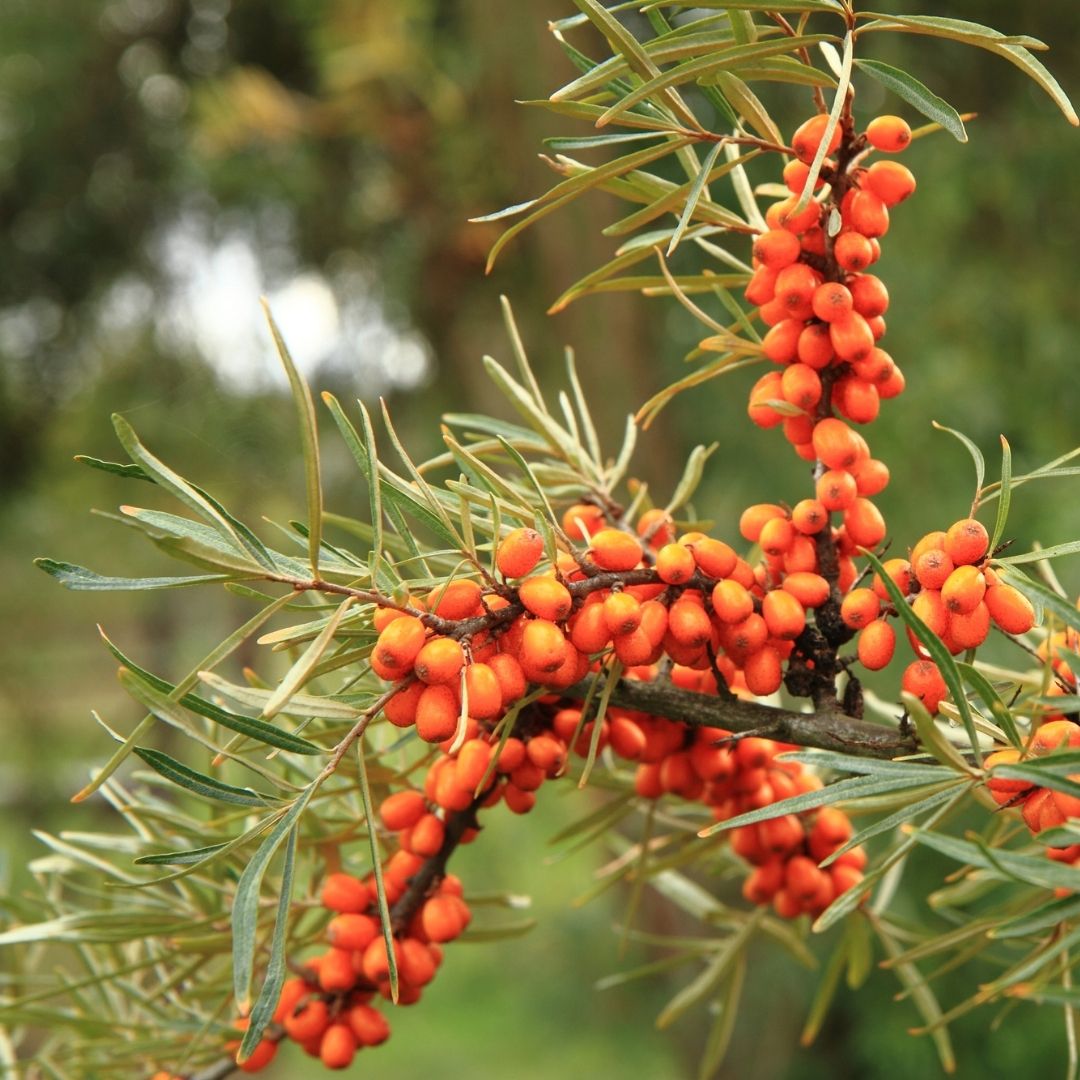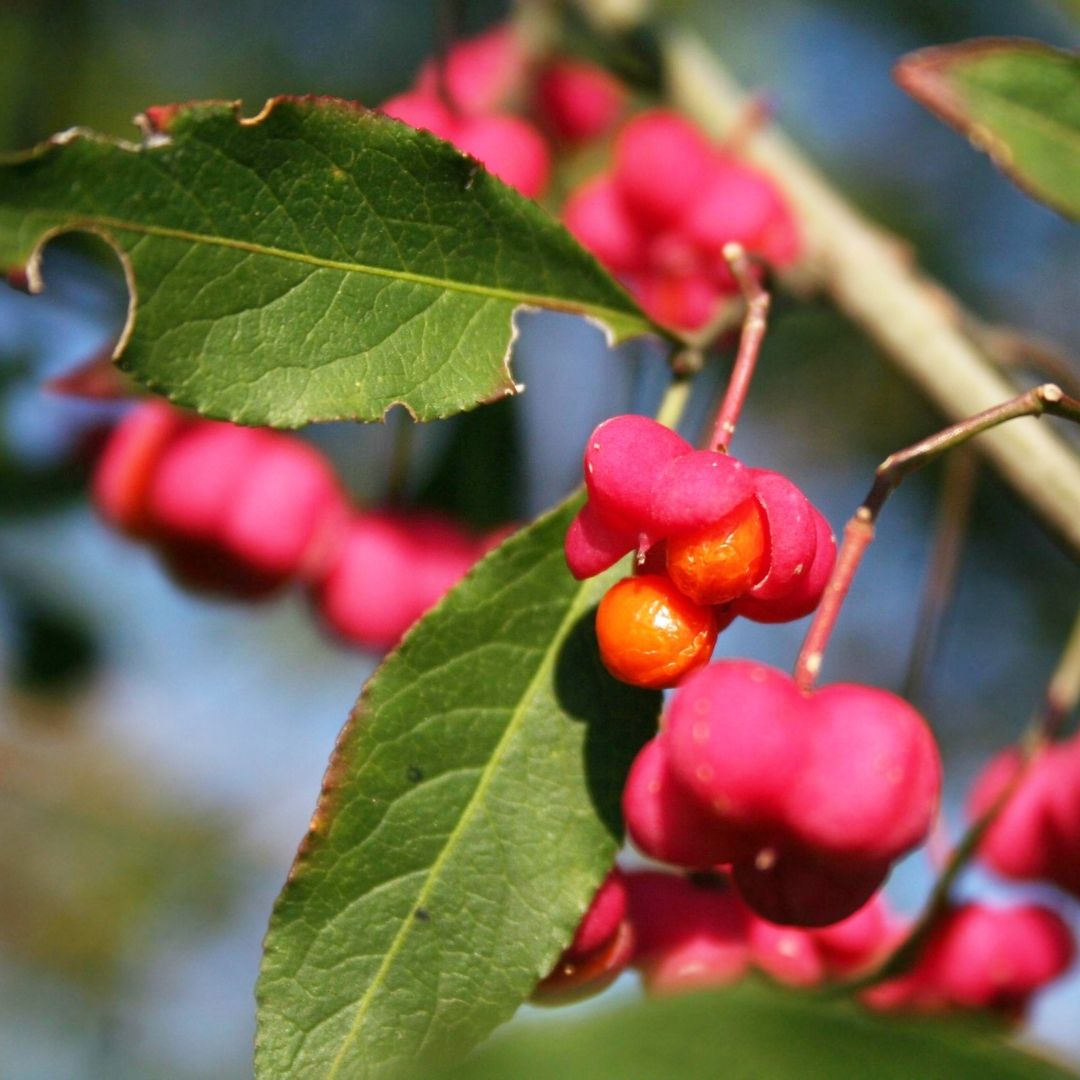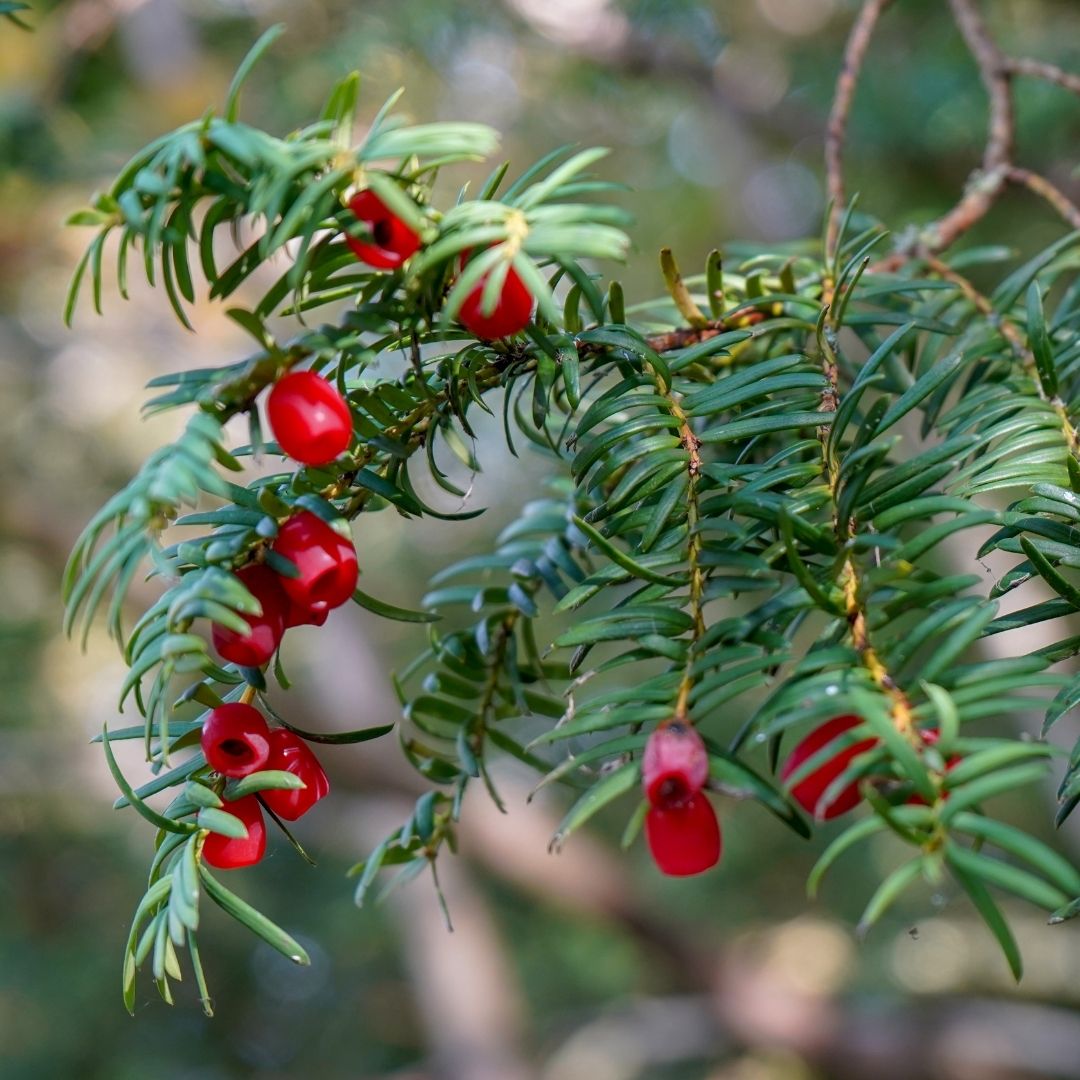#CountdowntoChristmas Day 3 
Day three of our Biophilic Winter and it’s #winterID Thursday. This week we will be going through the various types of berries you can find in our hedgerows and woodlands.

Day three of our Biophilic Winter and it’s #winterID Thursday. This week we will be going through the various types of berries you can find in our hedgerows and woodlands.

Bramble or Blackberry is the most recognisable on the list but, botanically speaking, it’s not a true berry! Look out for the characteristic cluster of drupelets on long, thorny branches.
A very thorny and common hedgerow tree, Blackthorn fruits are also called ‘sloes’. The fruits are dark blue-black, often with a distinctive white bloom.
Buckthorn is a common hedgerow with glossy toothed leaves. The berries are small, initially red but turning black and clustered around the branches.
These are berries of Wild Cotoneaster (Cotoneaster cambricus), possibly the rarest berries in the country! This plant is endemic to the Great Orme but there are many non-native Cotoneaster species that are garden escapees.
Dogwood comes alive in the autumn thanks to its distinctive red leaves and twigs. The small black berries are clustered at the end of the vivid red twigs.
Elderberries are an important food source for many birds, particularly Blackcaps. The fruits grow in abundance in large clusters with hang from the tree.
Guelder Rose has distinctively three-lobed leaves and the bright-red berries are easy to spot the leaves have fallen in winter.
One of the most common hedgerow shrubs, stems covered in spines and full of crimson ‘haws’. From the May blossom right through until winter, Hawthorn supports over 300 insect species.
Another well-known species and classic sight of British Christmas, holly berries are scarlet and contrast with the deep-green, spiky leaves.
Honeysuckle is better known as the fragrant climber of summer, but it’s close clusters of red berries are pleasant sight in winter.
The late flowering Ivy is a huge source of nectar for pollinators in autumn. The berries of Ivy have a distinctive flat top and form a globular cluster, which blackens as the berries ripen.
A common climber with large hooked prickles, the red-orange ‘rosehips’ of Dog Rose have an elongated oval shape. It can be easily confused with rose species which have similar fruits.
Rowan branches have characteristic leaves which are divided into many leaflets and in the autumn, they produce and dense hanging cluster of orange berries which can be used to make jam.
A coastal plant, Sea Buckthorn produces masses of squishy orange berries. The berries are increasingly used for cooking but be careful - they are incredibly tart, and the stems have large spines!
The most colourful berries in this list belong to the Spindle tree. The fruit consists of four pink capsules which surround a central orange berry.
Final species for this week’s Thursday #winterID is the Yew, the berries on this evergreen are extremely toxic so beware! Unusually for a conifer the seeds are surrounded by the pink fleshy ‘aril’ which is open at the end.

 Read on Twitter
Read on Twitter